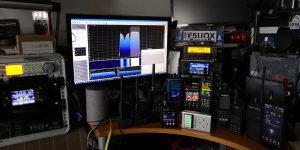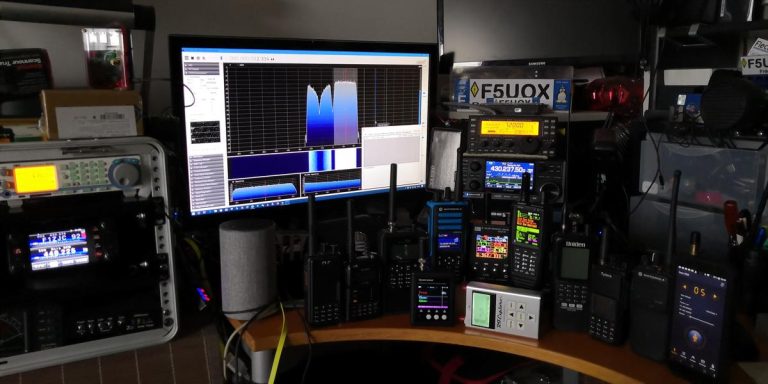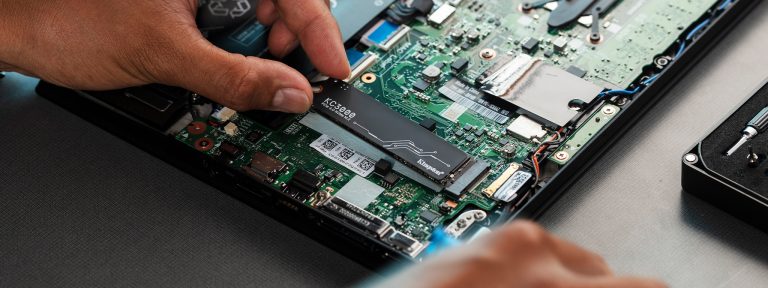Stepper motors are a key component in many industrial and hobby applications, thanks to their precise motion control and versatile uses. But in order to exploit the full potential of a stepper motor linear actuator, there are some important tips and tricks to keep in mind:
Choosing the right stepper motor linear actuator
Consideration of torque and speed
When choosing a stepper motor linear actuator, it is important to consider the torque required and the desired speed of movement. A higher torque motor is capable of moving larger loads, while a higher speed motor allows for faster movements.
Pay attention to the stride angle
A motor’s step angle determines the size of the steps it takes. Motors with smaller step angles offer higher resolution and therefore more precise movement, but are often more expensive.
Optimization of the control electronics
Use microstep control
By using microstepping control techniques, you can improve the resolution and accuracy of your stepper motor linear actuator. This allows for more precise positioning and smoother movement.
Set current limit
By limiting the current sent to the motor, you can reduce heat generation and improve the efficiency of the motor.
Mechanical optimization
Reduction of friction and inertia
By using high quality bearings and minimizing friction and inertia in your mechanical system, you can improve the performance and efficiency of your stepper motors.
Alignment and calibration
Precise alignment and calibration of your stepper motors and mechanical components is critical for optimal performance.
Conclusion
Proper stepper motor selection, control electronics optimization, and mechanical adjustment of your system are critical to unlocking the full potential of your stepper motors. With these tips and tricks you can achieve precise and reliable motion control in your projects.




















+ There are no comments
Add yours